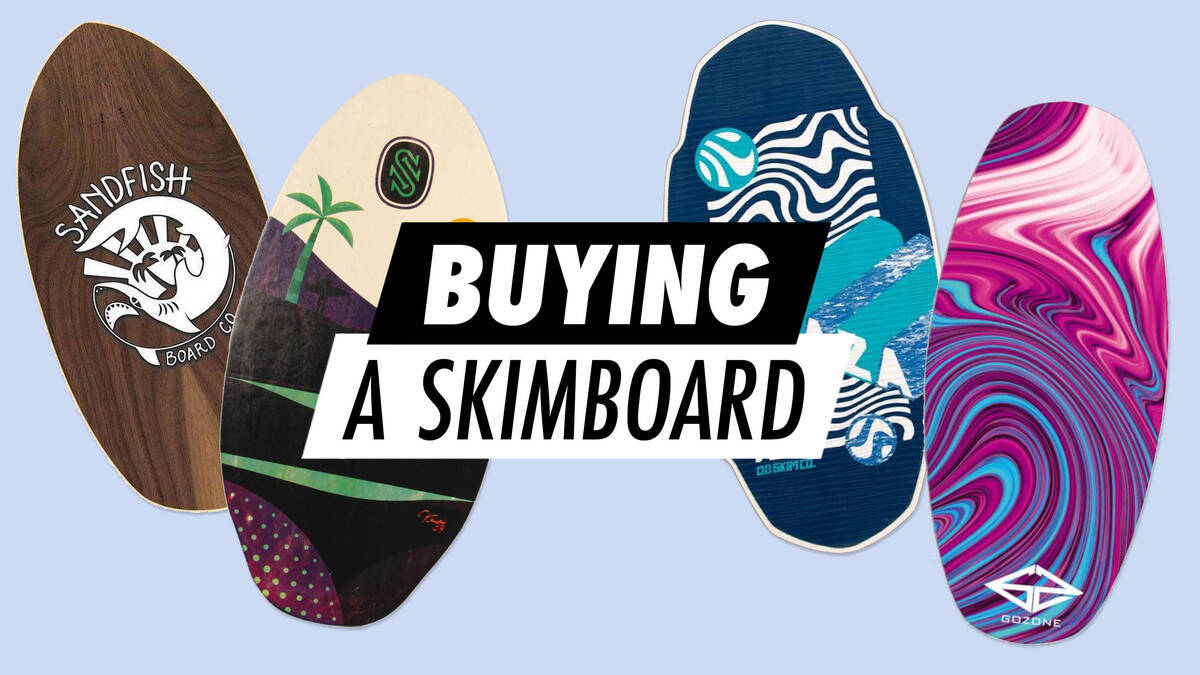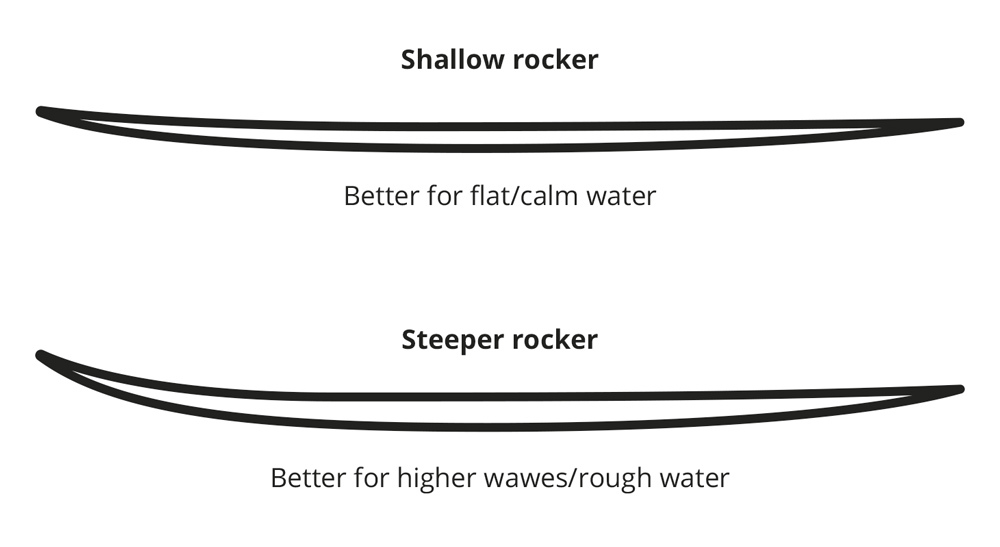Purchasing a Skimboard

Skimboarding, which involves gliding along shorelines on flat boards, is becoming increasingly popular. However, appearances can be deceiving—numerous factors require consideration before purchasing your skimboard.
1. Board Types: Foam versus Wood
Two principal types of skimboards exist, classified by the materials used: foam and wood, or foam boards. Foam boards often feature a sandwich construction where the foam core is placed between layers of fibreglass and epoxy. These 'sandwich boards' are premium, offering better buoyancy but are more delicate, making them suitable for larger waves and skimming. There are also entirely foam boards, which are more playful, highly buoyant, and ideal for recreational use and children. While this type is more common in bodyboards, you might want to explore our bodyboard section if looking for a fun board for a child.
Other varieties exist as well, such as carbon boards, but these are more professional and significantly more expensive.
Skimboarding is divided into two styles: flatland/inland (occurring in shallow sandy waters like creeks, lakes, puddles, rivers, and along the beach during low tides) and wave skimming (performed at shore breaks into deeper waters where waves roll in). Depending on these categories and your experience level, you can decide whether a foam core or wooden board suits you best.
- Foam core boards tend to be favoured by wave skimmers due to their lighter weight, thickness, and flexibility—they float more easily on waves; their buoyancy and flexibility are apt for wavy conditions. Typically, these foam boards are used by intermediate to advanced skimmers or those keen on executing tricks with waves.
- Wooden boards are more fitting for flatland (also inland) skimming. These heavier boards (with lower buoyancy) sink more quickly, thus they perform better in shallow waters. Wooden boards are excellent for beginners (owing to lower costs and greater durability) or skimmers interested in executing tricks on ramps and rails, as the wood can endure more.
2. Size
The appropriate size of your skimboard depends on several aspects including your weight, height, speed (how swiftly you can run to catch a wave or slide), skill level, and personal style.
Speed is a vital factor. Achieving higher speeds increases buoyancy, facilitating easier skimming. Nevertheless, buoyancy is also influenced by the weight applied to the board. A larger board grants greater buoyancy.
Those with more experience in skimming typically prefer smaller boards for their enhanced manoeuvrability and ease in performing tricks.
On the other hand, less experienced skimmers benefit from larger boards that support their weight, simplifying the process of skimming on the water's surface, enhancing balance (owing to increased foot area), and generally increasing speed.
3. Board Curvature (Rocker) and Tail
Flatland skimboards are usually twin tip or symmetrical, meaning the nose and tail are shaped identically, enabling you to exit a trick in either direction. The most popular twin tip designs are Streamline and Proto. Streamline offers more manoeuvrability, whereas Proto provides additional stability.
These flatland skimboards closely resemble skateboards, as they're often used for tricks and constructed from durable wood, allowing for tricks on rails and obstacles. They are excellent for those looking to translate skateboarding abilities to aquatic environments.

In contrast, boards with distinct tip and tail designs are typical for wave skimming and are more akin to surfing boards.
The rocker refers to the curvature of the board's nose (tip). A steeper rocker (a more curved nose) aids in skimming over wavy waters but may slow you down. Those with a shallower nose and shallow rocker are more suitable for calm waters, allowing greater speed.

At the opposite end lies the tail, which comes in various forms; the most common are the pintail, squash tail, rounded, and W-tail (swallow tail). Pintails offer stability in water, whereas square and W-tail designs enhance the board's agility, making it ideal for tricks.

Ready?
Equipped with the knowledge to select the most appropriate skimboard for your needs, here are the steps to take:
- Choose the type and material
- Select the correct size
